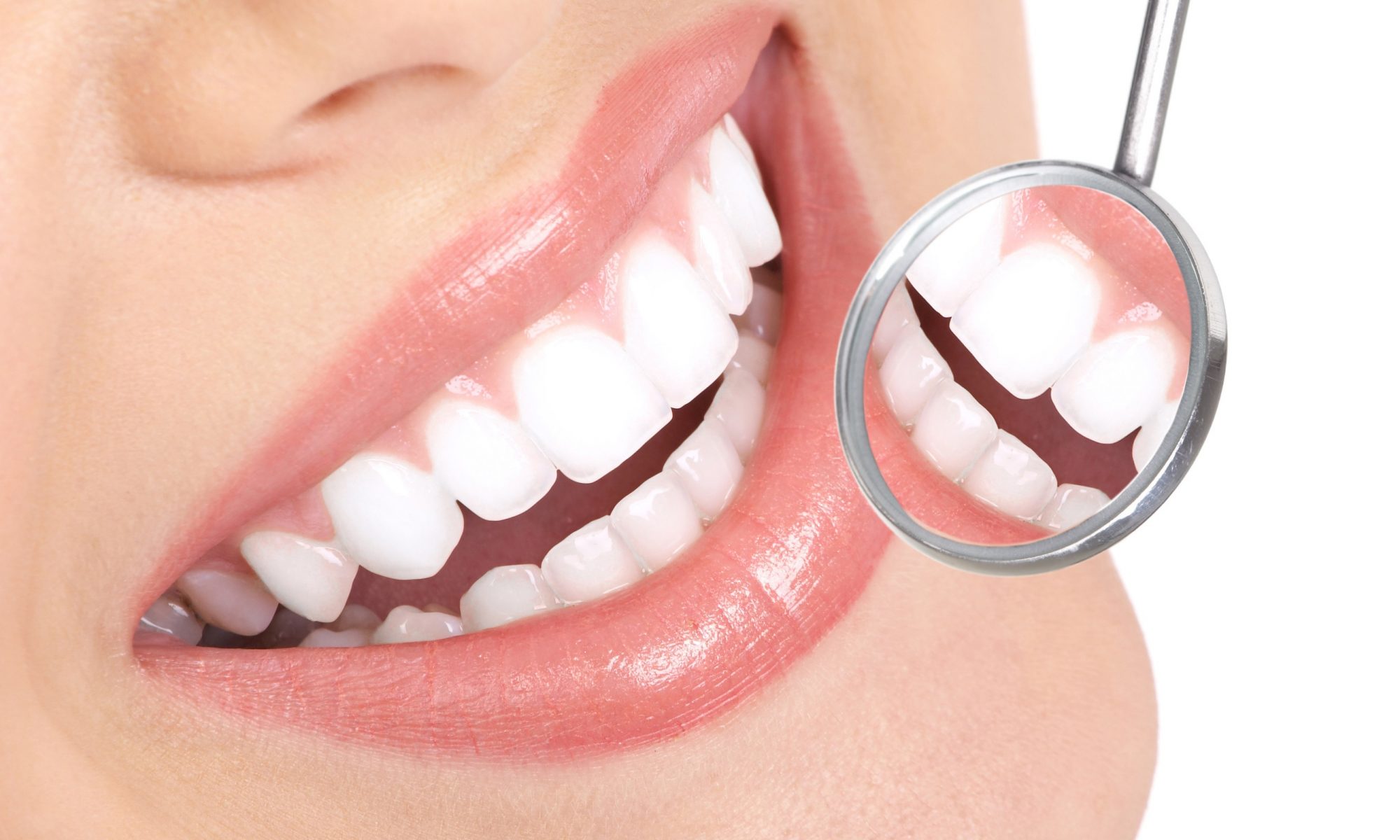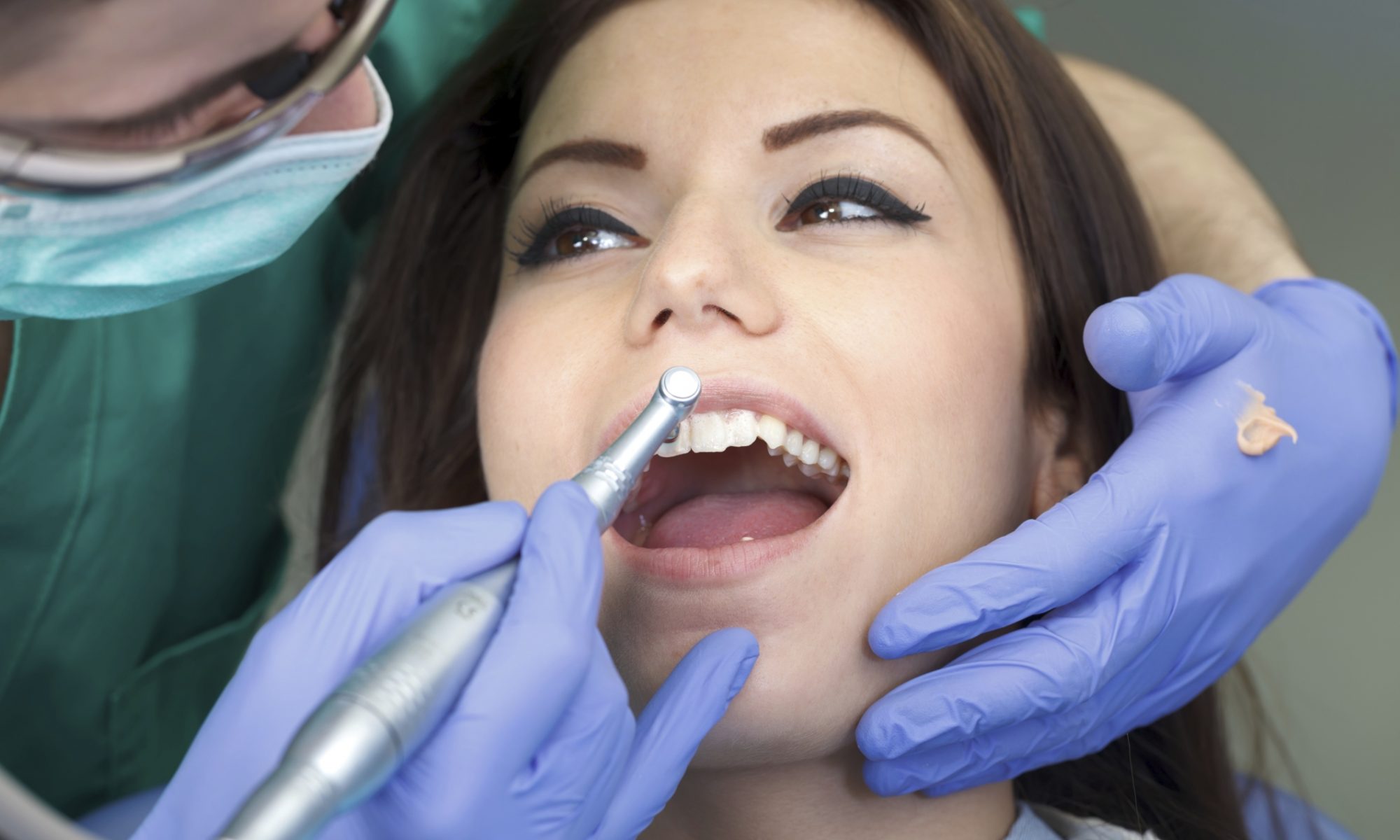At Perio Implant Chicago, Drs. Peter O. Cabrera and Bahareh Sabzehei blend their extensive expertise with cutting-edge technology to provide top-notch care for periodontal conditions. Their advanced training in diagnosing and treating issues affecting the supportive tissues in the jaw and face is enhanced by sophisticated dental technologies, ensuring accurate diagnostics and effective treatments for optimal outcomes.
Continue reading “Periodontal Specialists | Chicago Dentist”The Role of Laser Therapy in Modern Dentistry | Chicago Dentist
Laser therapy has transformed the landscape of medical and dental treatments over the past few decades. In the field of dentistry, lasers offer a minimally invasive approach to various procedures, enhancing patient comfort and reducing recovery time. One of the most advanced applications is in the treatment of periodontal disease, utilizing the Lightwalker Laser with Wavelength-Optimized Periodontal Therapy (WPT). Here’s how laser therapy works and what patients can expect from this innovative treatment.
Continue reading “The Role of Laser Therapy in Modern Dentistry | Chicago Dentist”What to Expect After Receiving Pinhole Surgery | Chicago Dentist
The Pinhole® Surgical Technique (PST), developed by Dr. John Chao, offers a revolutionary approach to treating gum recession with minimal invasiveness and reduced recovery time. If you’re considering or have already undergone this procedure, it’s essential to understand what to expect during the recovery process and how to ensure the best outcomes. Here’s a guide to help you navigate the post-procedure experience.
Continue reading “What to Expect After Receiving Pinhole Surgery | Chicago Dentist”The Pinhole Surgical Technique: A Modern Solution | Chicago Dentist
Developed by Dr. John Chao, the Pinhole® Surgical Technique (PST) offers a revolutionary approach to treating gum recession. Unlike traditional gum grafting methods, which involve cutting and suturing, the PST utilizes a minimally invasive method that significantly reduces discomfort and recovery time. This innovative procedure has garnered attention for its effectiveness and patient-friendly approach. Here’s a closer look at how this technique addresses common concerns and questions.
Continue reading “The Pinhole Surgical Technique: A Modern Solution | Chicago Dentist”Dr. John Chao Revolutionized Gum Recession Treatment | Chicago Dentist
Dr. John Chao, a renowned periodontist and dental innovator, developed the pinhole surgical technique as a groundbreaking solution for treating gum recession. His development of this minimally invasive procedure represents a significant advancement in periodontal care, offering patients a more comfortable and effective alternative to traditional gum grafting methods. Here’s a look at how Dr. Chao conceived and refined the pinhole technique.
Continue reading “Dr. John Chao Revolutionized Gum Recession Treatment | Chicago Dentist”How to Detect Gum Recession at Home | Chicago Dentist
Gum recession is a condition where the gum tissue pulls away from the teeth, exposing the tooth roots. Early detection is crucial to prevent further damage and address the issue effectively. While a dental professional can provide a comprehensive diagnosis, there are several signs you can look for at home to determine if your gums may be receding.
Continue reading “How to Detect Gum Recession at Home | Chicago Dentist”Determine Your Eligibility for Gum Recession Treatment | Chicago Dentist
Gum recession, where the gum tissue wears away, exposing the tooth roots, can lead to sensitivity, decay, and aesthetic concerns. If you are experiencing gum recession, you might wonder if you’re a candidate for treatment. Several factors influence eligibility for gum recession treatment, and understanding these can help you make informed decisions about your dental health.
Continue reading “Determine Your Eligibility for Gum Recession Treatment | Chicago Dentist”The Pinhole Technique: Treating Gum Recession | Chicago Dentist
The pinhole procedure is a minimally invasive technique designed to address gum recession, a common dental issue where the gum tissue pulls away from the teeth, exposing their roots. Developed by Dr. John Chao, this innovative method offers a less invasive alternative to traditional gum grafting, with quicker recovery and impressive results. Here’s an overview of the steps involved in the pinhole procedure.
Continue reading “The Pinhole Technique: Treating Gum Recession | Chicago Dentist”Pinhole Gum Restoration vs. Traditional Surgery: A Modern Approach to Gum Health | Chicago Dentist
Maintaining optimal oral health involves more than just a bright smile; it extends to the health of our gums. Gum recession is a common concern that, if left untreated, can lead to serious dental issues. Traditional gum surgery has long been the go-to solution, but a newer, less invasive technique called pinhole gum restoration is gaining popularity. Let’s explore the key differences between these two approaches.
Continue reading “Pinhole Gum Restoration vs. Traditional Surgery: A Modern Approach to Gum Health | Chicago Dentist”Navigating the Certification Journey for Pinhole Gum Restoration | Chicago Dentist
The field of dentistry is ever-evolving, and as new techniques emerge, so does the need for specialized skills and certifications. One such groundbreaking procedure gaining traction is the Pinhole Gum Restoration Surgical Technique, a minimally invasive approach to treating gum recession. Dentists eager to offer this innovative solution to their patients must navigate a certification process that ensures proficiency and patient safety.
Continue reading “Navigating the Certification Journey for Pinhole Gum Restoration | Chicago Dentist”







